Organic Garden Elements: Building a Sustainable, Eco-Friendly Haven
Creating an organic garden is more than just growing plants—it’s about cultivating a space that harmonizes with nature while promoting biodiversity and sustainability. Whether you’re aiming for a flourishing vegetable garden, a pollinator-friendly flower bed, or a serene backyard retreat, incorporating organic garden elements ensures that your space is eco-friendly, chemical-free, and supportive of local ecosystems. Organic gardening relies on natural processes, from soil health to plant selection, to create a thriving environment without the use of synthetic pesticides, fertilizers, or genetically modified organisms (GMOs).
This guide will explore key elements of organic gardening, focusing on soil health, natural pest control, water conservation, and planting strategies that enhance the beauty and sustainability of your garden.
1. The Foundation of Organic Gardening: Healthy Soil
At the heart of any organic garden is the soil. Healthy soil, rich in nutrients and teeming with microorganisms, forms the foundation for strong, healthy plants. Unlike conventional gardening, which often relies on chemical fertilizers to boost plant growth, organic gardening focuses on enhancing the natural fertility of the soil through composting, mulching, and natural amendments.
- Composting: One of the best ways to enrich soil organically is through composting. Composting kitchen scraps, leaves, and other organic material helps create nutrient-rich humus that improves soil structure, enhances moisture retention, and encourages beneficial organisms like earthworms. Regularly adding compost to your garden beds nourishes plants without the need for synthetic fertilizers.
- Mulching: Organic mulches, such as straw, wood chips, or shredded leaves, provide a natural barrier to help conserve moisture, reduce weeds, and regulate soil temperature. As the mulch breaks down, it adds organic matter back into the soil, further enhancing its fertility.
- Natural soil amendments: In addition to compost, you can improve soil health with natural amendments like worm castings, bone meal, or kelp. These provide essential nutrients, including nitrogen, phosphorus, and potassium, that promote plant growth and resilience.
Tip: Test your soil regularly to understand its composition and pH level. This will help you choose the right organic amendments to keep your soil balanced and fertile.
2. Natural Pest Control: Creating a Balanced Ecosystem
Organic gardening avoids the use of synthetic pesticides, instead relying on natural pest control methods that foster a balanced ecosystem. By encouraging beneficial insects and using plant-based solutions, you can keep pests in check without harming the environment or beneficial organisms.
- Beneficial insects: Ladybugs, lacewings, and predatory beetles are natural predators that help control common garden pests like aphids and caterpillars. Attract these beneficial insects by planting nectar-rich flowers, such as marigolds, yarrow, and dill, which provide food and habitat.
- Companion planting: Certain plants, when grown together, can help deter pests or improve the health of their neighbors. For example, planting marigolds with tomatoes can help repel nematodes, while basil planted near peppers can enhance flavor and deter aphids. This natural form of pest control reduces the need for chemicals and fosters biodiversity.
- Neem oil and soap sprays: For more targeted pest control, natural sprays made from neem oil, insecticidal soap, or garlic can help manage infestations without harming the environment. These sprays are biodegradable and safe for beneficial insects when used properly.
Tip: Maintain a diverse garden by planting a variety of flowers, herbs, and vegetables. This encourages a balanced ecosystem where pests are naturally controlled by predators, minimizing the need for intervention.
3. Water Conservation Techniques for Sustainable Gardening
Water is a precious resource, and organic gardens often incorporate water conservation techniques to reduce waste while ensuring plants get the hydration they need. From choosing drought-tolerant plants to using smart irrigation systems, there are many ways to garden sustainably.
- Drip irrigation systems: Drip irrigation delivers water directly to the base of plants, minimizing evaporation and runoff. These systems are more efficient than traditional sprinklers, allowing you to conserve water while keeping your plants hydrated.
- Rainwater harvesting: Collecting rainwater in barrels or cisterns is an excellent way to reduce your reliance on municipal water supplies. Rainwater is naturally free of chemicals like chlorine and is perfect for watering your garden. Use it to water plants during dry periods or connect it to an irrigation system for a more sustainable garden.
- Mulching to retain moisture: As mentioned earlier, organic mulches help retain soil moisture, reducing the need for frequent watering. This is especially useful during hot summer months when water conservation is crucial.
- Planting native or drought-tolerant species: Incorporating native plants or drought-tolerant species into your garden can reduce water usage. These plants are naturally adapted to the local climate and require less water and maintenance to thrive.
Tip: Water your garden early in the morning or late in the evening to reduce evaporation and ensure that water reaches the plant roots more effectively.
4. Biodiversity and Pollinator Support
A truly organic garden is one that supports biodiversity and provides habitats for pollinators like bees, butterflies, and birds. These species play a vital role in the pollination of flowers and crops, making them essential to a healthy garden ecosystem.
- Pollinator-friendly plants: Include a variety of flowering plants that bloom at different times throughout the season to provide a continuous food source for pollinators. Native wildflowers, lavender, coneflowers, and sunflowers are all excellent choices for attracting bees and butterflies.
- Avoiding pesticides: Chemical pesticides can harm not only pests but also beneficial insects like bees and butterflies. By avoiding harmful chemicals and focusing on organic pest control, you create a safer environment for pollinators.
- Creating habitats: In addition to flowers, consider adding elements like birdhouses, bee hotels, or butterfly habitats to your garden. These features offer shelter and nesting areas, encouraging pollinators to take up residence in your garden.
Tip: Plant in clusters rather than single plants to make it easier for pollinators to find their food source. Grouping plants together creates a more efficient foraging area for bees and butterflies.
5. Designing an Organic Garden: Layout and Aesthetic Considerations
An organic garden can be both functional and beautiful, with thoughtful design elements that enhance both the visual appeal and sustainability of the space. Whether you’re working with a large backyard or a small urban plot, the following design principles can help you create an attractive and eco-friendly garden.
- Raised beds and containers: Raised garden beds not only provide better drainage and soil control but also reduce soil compaction, making them ideal for organic gardening. They are perfect for growing vegetables, herbs, and flowers in a structured, aesthetically pleasing layout. Containers can also be used to grow a variety of plants, from herbs to small fruit trees, offering flexibility for gardeners with limited space.
- Natural paths and walkways: Use organic materials like wood chips, gravel, or stepping stones to create walkways between garden beds. These natural paths not only enhance the beauty of your garden but also help prevent soil erosion and maintain a clean, organized layout.
- Perennial gardens: Incorporate perennial plants that return year after year, reducing the need for replanting and ensuring that your garden remains lush and vibrant with minimal effort. Popular perennials like echinacea, hostas, and daylilies provide structure and beauty while supporting biodiversity.
- Edible landscaping: Combining beauty with functionality, edible landscaping integrates vegetables, herbs, and fruit trees into the overall garden design. Use colorful lettuces as ground cover, train grapevines over arbors, or plant fruit-bearing shrubs as hedges to create a garden that is both productive and visually appealing.
Tip: When designing your garden, consider how sunlight, wind, and water affect different areas. Place plants in spots where they’ll receive the optimal conditions for growth while creating a harmonious and sustainable layout.
Conclusion: Cultivating a Sustainable Garden with Organic Elements
Incorporating organic garden elements into your outdoor space not only promotes sustainability but also enhances the beauty and functionality of your garden. By focusing on healthy soil, natural pest control, water conservation, and pollinator support, you create a thriving ecosystem that benefits both the environment and your personal well-being. With thoughtful design and a commitment to organic principles, your garden can become a sanctuary for both people and nature.
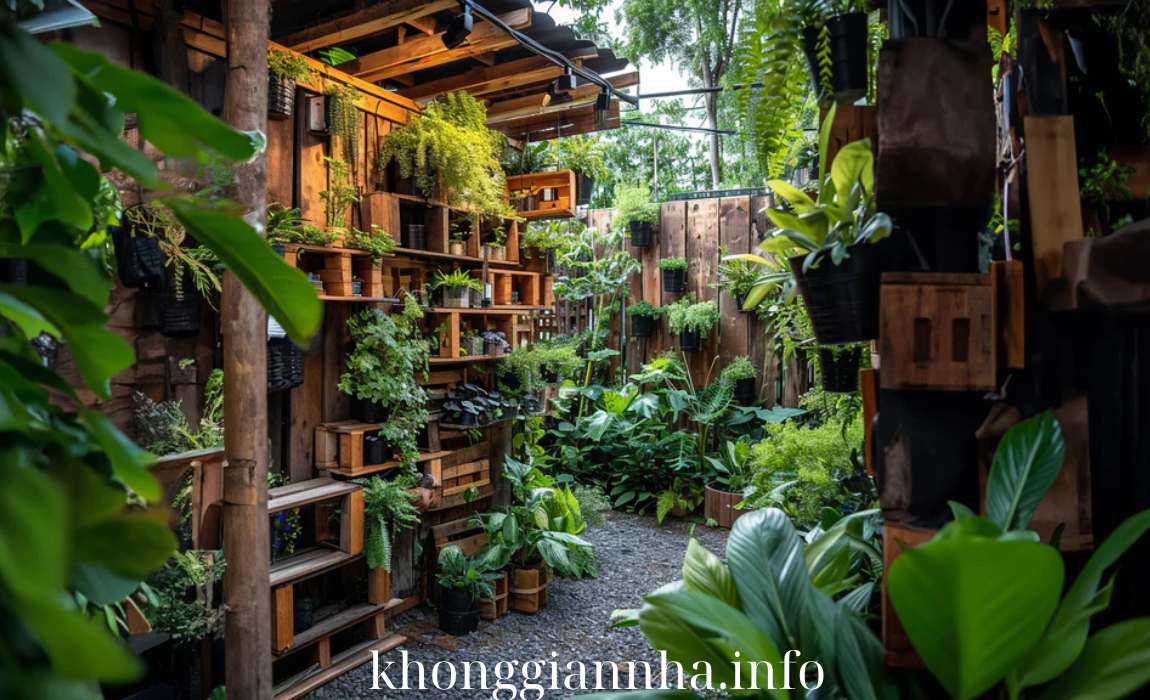
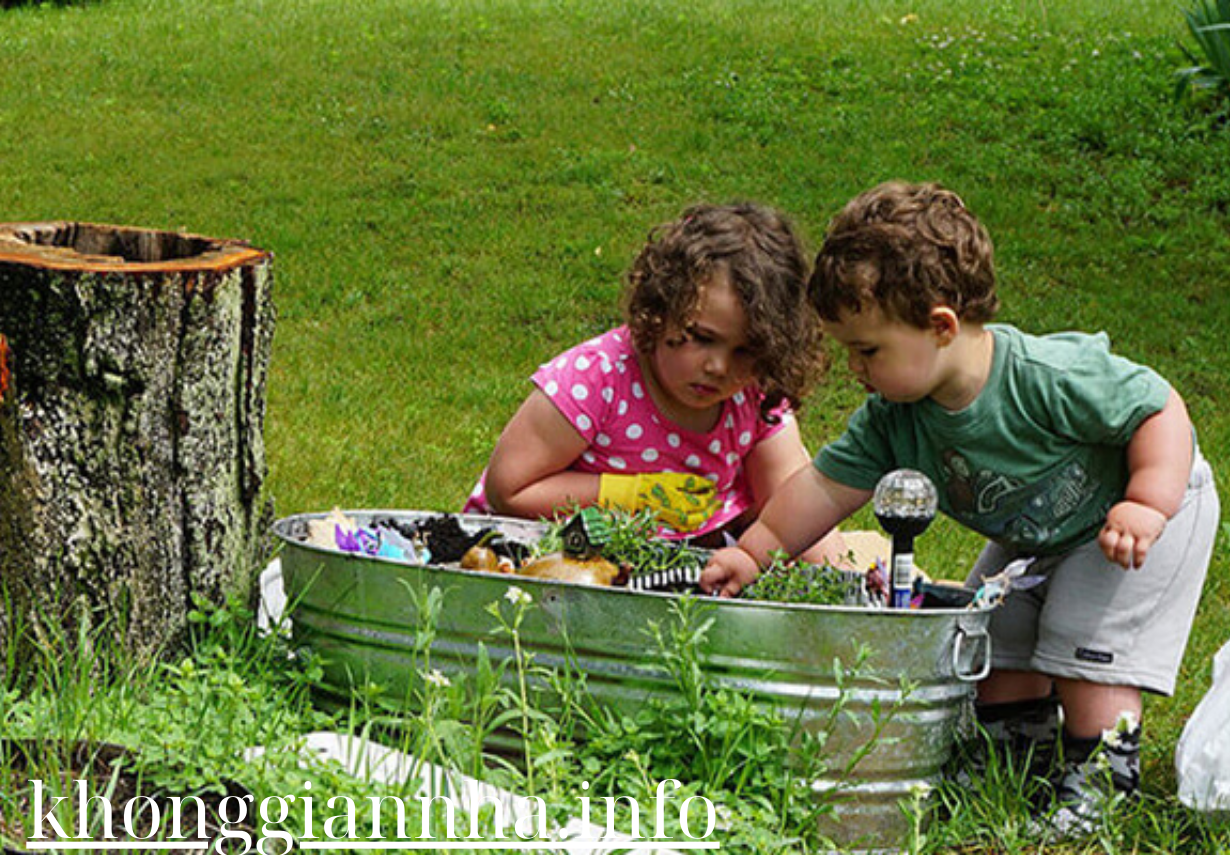
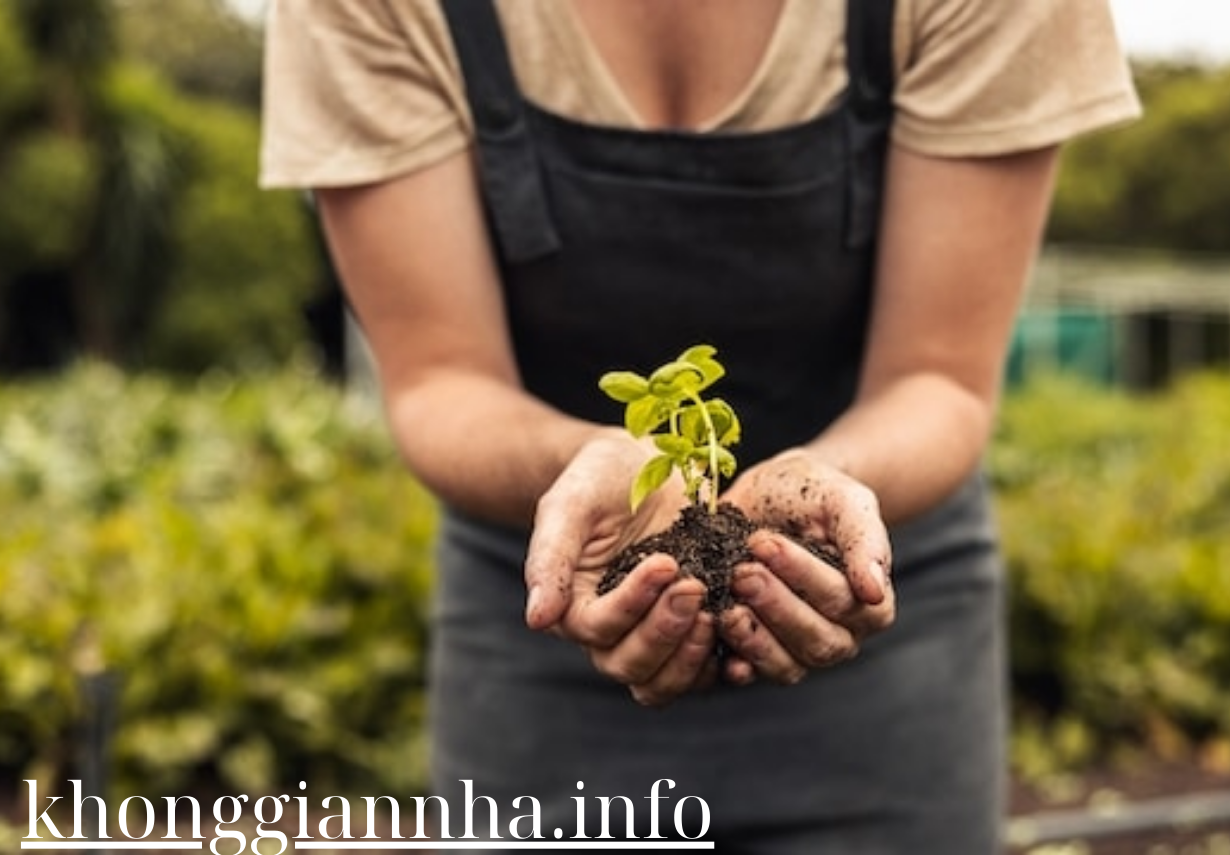
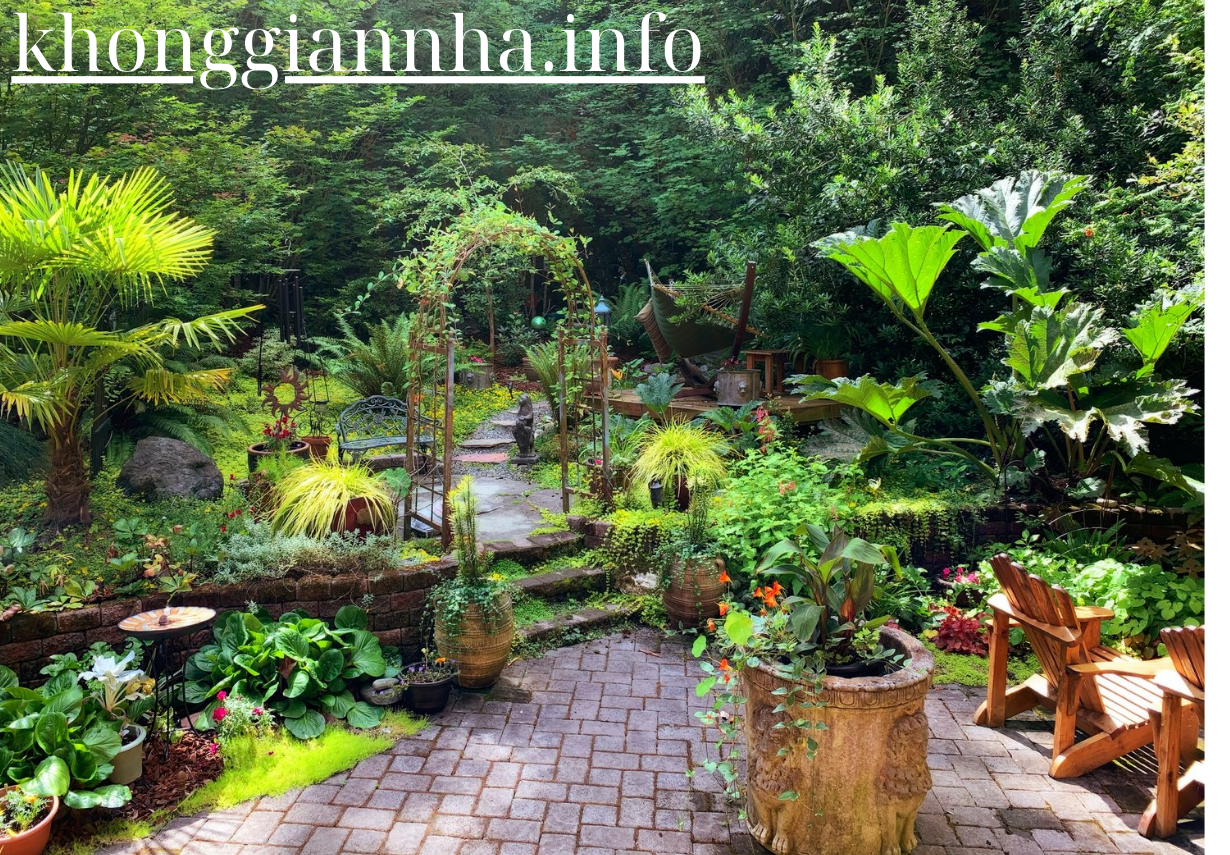





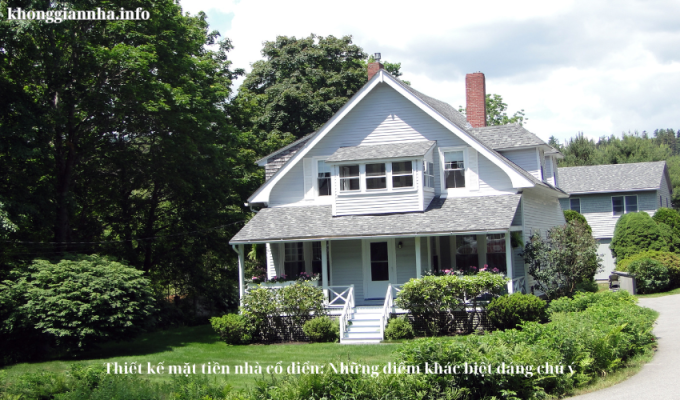




Post Comment